Kitchen Garden: An Introduction to Microgreens
Here is an all-you-need-to-know guide to these tiny herbs and vegetables that go from plants to plate in just a few weeks
Aditi Sharma Maheshwari
3 April 2017
Blogger, dog mom
Chances are that you have come upon packaged or unpackaged microgreens at your supermarket or your local subziwala (vegetable vendor). These are small herbs and vegetables that are used as ingredients or as a garnish for a variety of dishes. They add colour and texture, and make food more flavourful. Do you love the fragrant coriander? That’s a microgreen right there. Most salads, for example, use microgreens – the seedlings of kale, lettuce, carrots and broccoli, among others.
If you are passionate about healthy eating and like the idea of growing some of your own food (even in a city apartment), growing your own microgreens can be a good place to start your own mini kitchen garden. It’s easy.
Expert advice from Nithin Sagi, founder of Growing Greens, Bangalore
If you are passionate about healthy eating and like the idea of growing some of your own food (even in a city apartment), growing your own microgreens can be a good place to start your own mini kitchen garden. It’s easy.
Expert advice from Nithin Sagi, founder of Growing Greens, Bangalore
What are microgreens?
Microgreens are the first leaves of the germinating seeds of a crop. These same seeds are used for growing vegetables or salad leaves but in the case of microgreens, once the baby plants are an inch or two tall, they are harvested. Not only do microgreens enhance the taste of food when used for garnishing, they also make a dish look visually appealing.
Tip: Once the microgreen crop is harvested, it should be consumed at the earliest, otherwise the leaves dry out and lose their nutritional value and freshness.
Read about these essentials if you’re a first-time kitchen gardener
Microgreens are the first leaves of the germinating seeds of a crop. These same seeds are used for growing vegetables or salad leaves but in the case of microgreens, once the baby plants are an inch or two tall, they are harvested. Not only do microgreens enhance the taste of food when used for garnishing, they also make a dish look visually appealing.
Tip: Once the microgreen crop is harvested, it should be consumed at the earliest, otherwise the leaves dry out and lose their nutritional value and freshness.
Read about these essentials if you’re a first-time kitchen gardener
How are microgreens used in food?
From fine dining restaurants to quaint cafes, it isn’t uncommon to see microgreens being used for a variety of dishes. You, too, can use them as a stylish and healthy topping on your freshly prepared food – from roasted vegetables to soups to even pizza. “They go well with salads, sandwiches and burgers. People also use them in main courses and even in desserts,” Nithin Sagi says. Think egg-white omelette with sprinkled microgreens, a parmesan and ricotta cheese pizza with a microgreens garnish, a chicken burger stacked with micro leaves … it’s all about getting experimental in the kitchen, so go ahead and use these delicious microgreens to your benefit.
From fine dining restaurants to quaint cafes, it isn’t uncommon to see microgreens being used for a variety of dishes. You, too, can use them as a stylish and healthy topping on your freshly prepared food – from roasted vegetables to soups to even pizza. “They go well with salads, sandwiches and burgers. People also use them in main courses and even in desserts,” Nithin Sagi says. Think egg-white omelette with sprinkled microgreens, a parmesan and ricotta cheese pizza with a microgreens garnish, a chicken burger stacked with micro leaves … it’s all about getting experimental in the kitchen, so go ahead and use these delicious microgreens to your benefit.
What are the different kinds of microgreens?
You can choose from a wide variety of vegetables to grow as microgreens. “You can start wth simple crops like mustard (Brassica), amaranth (Amaranthus), coriander (Coriandrum sativum), fennel (Foeniculum vulgare) and radish (Raphanus sativus),” Sagi says. Other than these, kale (Brassica oleracea var. sabellica), arugula (Eruca sativa), lettuce (Lactuca sativa), spinach (Spinacia oleracea), cabbage (Brassica oleracea var. capitata), carrot (Daucus carota subsp. sativus), broccoli (Brassica oleracea var. italica) are good options.
You can choose from a wide variety of vegetables to grow as microgreens. “You can start wth simple crops like mustard (Brassica), amaranth (Amaranthus), coriander (Coriandrum sativum), fennel (Foeniculum vulgare) and radish (Raphanus sativus),” Sagi says. Other than these, kale (Brassica oleracea var. sabellica), arugula (Eruca sativa), lettuce (Lactuca sativa), spinach (Spinacia oleracea), cabbage (Brassica oleracea var. capitata), carrot (Daucus carota subsp. sativus), broccoli (Brassica oleracea var. italica) are good options.
Why grow your own microgreens?
“Some research says that microgreens are nutritionally richer than their regular fully grown counterparts, though we still have to confirm this,” Sagi says. Red cabbage leaves are believed to be loaded with Vitamin C and K, which benefit eyesight and skin, besides a range of other health benefits. Others, such as the broccoli microgreens, are known to be packed with high levels of sulforaphane, a compound with anti-cancer properties.
Another reason to grow microgreens is their short harvesting period, which is just a few weeks. So cultivating these at home isn’t a long, time-consuming task. Plus, as they don’t require too much gardening paraphernalia or experience, they are a great option for new home gardeners.
The third reason is the best one of all – microgreens are delicious and add a bundle of flavour to food.
“Some research says that microgreens are nutritionally richer than their regular fully grown counterparts, though we still have to confirm this,” Sagi says. Red cabbage leaves are believed to be loaded with Vitamin C and K, which benefit eyesight and skin, besides a range of other health benefits. Others, such as the broccoli microgreens, are known to be packed with high levels of sulforaphane, a compound with anti-cancer properties.
Another reason to grow microgreens is their short harvesting period, which is just a few weeks. So cultivating these at home isn’t a long, time-consuming task. Plus, as they don’t require too much gardening paraphernalia or experience, they are a great option for new home gardeners.
The third reason is the best one of all – microgreens are delicious and add a bundle of flavour to food.
How to grow microgreens?
Microgreens do not require a lot of space to grow. Those who do not have a spacious garden or a dedicated space for plants can cultivate these indoors, too! Since these are harvested young, they can be grown in plastic containers, mini pots or empty tins. “There’s nothing like an ideal climate for cultivation, if you can micromanage the climate inside your home, you can pretty much grow most of the greens,” Sagi says.
Tip: Remember to provide an outlet in the containers for the water to drain. Make tiny holes at the bottom.
It’s best to start with one crop (i.e., one kind of microgreen) and once you get more experienced, you can move to growing two to three crops at the same time. “You should use untreated seeds or organic seeds as far as possible. That way you can guarantee that you have clean, healthy produce. The only way to ensure high quality is to find a reliable source,” Sagi advises. Look for a trustworthy store or a gardening expert to help you get the right seeds.
Microgreens do not require a lot of space to grow. Those who do not have a spacious garden or a dedicated space for plants can cultivate these indoors, too! Since these are harvested young, they can be grown in plastic containers, mini pots or empty tins. “There’s nothing like an ideal climate for cultivation, if you can micromanage the climate inside your home, you can pretty much grow most of the greens,” Sagi says.
Tip: Remember to provide an outlet in the containers for the water to drain. Make tiny holes at the bottom.
It’s best to start with one crop (i.e., one kind of microgreen) and once you get more experienced, you can move to growing two to three crops at the same time. “You should use untreated seeds or organic seeds as far as possible. That way you can guarantee that you have clean, healthy produce. The only way to ensure high quality is to find a reliable source,” Sagi advises. Look for a trustworthy store or a gardening expert to help you get the right seeds.
DIY:
Fill the containers with any good, humus-rich soil. The other way is to get an organic compost mix for your microgreen crop. In case you are unable to source that, you can use a damp muslin cloth placed in a tray. Do keep it moist at all times as the seeds will use the water to live on as they sprout. Make sure there is ample sunlight for your crop, as well. Spray gently with water when the base seems to be getting dry.
Read more:
7 Steps to a Kitchen Garden in a Small Apartment
8 Challenges for First-Time Kitchen Gardeners
Tell us:
What microgreens have you cultivated at home? Tell us in Comments below.
Fill the containers with any good, humus-rich soil. The other way is to get an organic compost mix for your microgreen crop. In case you are unable to source that, you can use a damp muslin cloth placed in a tray. Do keep it moist at all times as the seeds will use the water to live on as they sprout. Make sure there is ample sunlight for your crop, as well. Spray gently with water when the base seems to be getting dry.
Read more:
7 Steps to a Kitchen Garden in a Small Apartment
8 Challenges for First-Time Kitchen Gardeners
Tell us:
What microgreens have you cultivated at home? Tell us in Comments below.
Related Stories
Kitchen Guides
7 Steps to a Kitchen Garden in a Small Apartment
By Ansoo Gupta
Did you always want to have your own veggie garden but just didn't know where to start? The steps below make it all easy
Full Story
Kitchen Guides
24 Alluring Kitchen Colour Ideas & Combinations
Do you want your kitchen to be its own person (so to speak)? Here we look beyond neutrals to beautifully coloured kitchens
Full Story
Kitchen Guides
Genius Layouts & Smart Storage: 27 Super Clever Kitchen Arrangements
Here are 27 inspired kitchen designs on Houzz
Full Story
Kitchen Guides
10 Key Kitchen Dimensions You Need to Know
Here are key kitchen dimensions that will help you design like a pro
Full Story
Indian Homes
Design-Forward Indian Living Rooms, Bedrooms & Kitchens on Houzz
Take cues, ideas and inspiration from this compilation of 50 inspiring Indian spaces
Full Story
Kitchen Guides
6 Must-Have Modular Kitchen Accessories
These accessories for modular kitchens are guaranteed to increase efficiency and storage
Full Story
Photo Books
23 Scandinavian Kitchens That Pack Extra Punch
Blonde timber, white details and pared-back designs are key Scandi kitchen looks
Full Story
Dining Rooms
12 Breakfast Nooks Cool Enough for a Dinner Party
By Susan Redman
Forget eating side-by-side at a breakfast bar or supping at a long dinner table – the cosy kitchen nook is a far more hip way to dine
Full Story
Storage Guides
10 Hardworking Pantries For Your Next Kitchen Project
Who says a functional larder can't be full of style, too? Get inspired by these satisfying storage spaces
Full Story
Kitchen Guides
Have an Open Kitchen That Can Be Closed Off Too
By Jennifer Ott
Get the best of both worlds with a kitchen that can hide or be in plain sight, thanks to doors, curtains and savvy design
Full Story

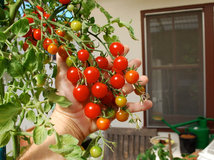









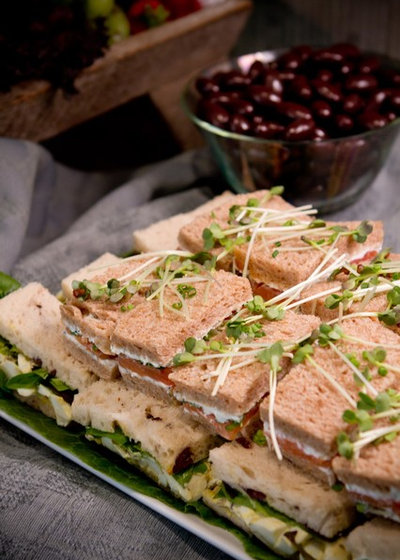
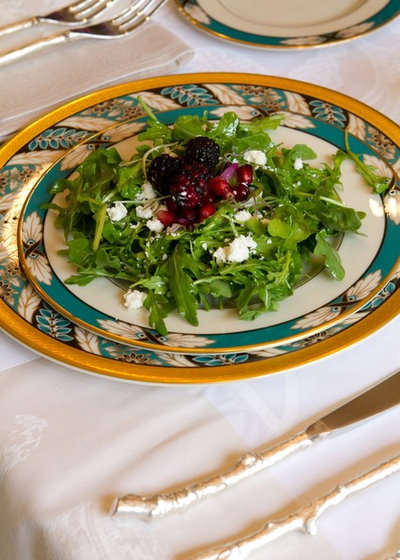
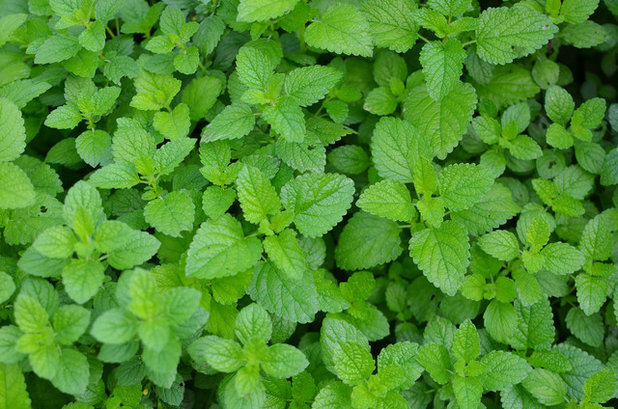
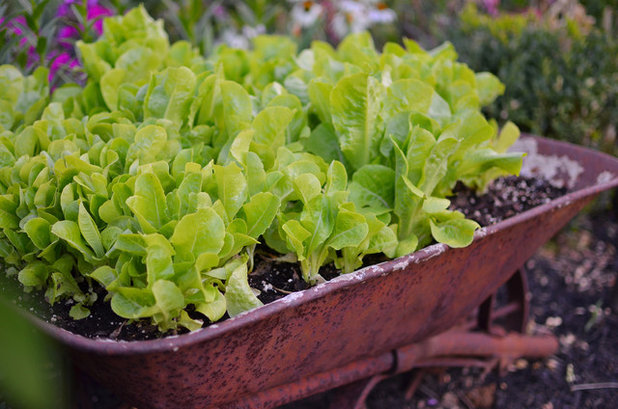
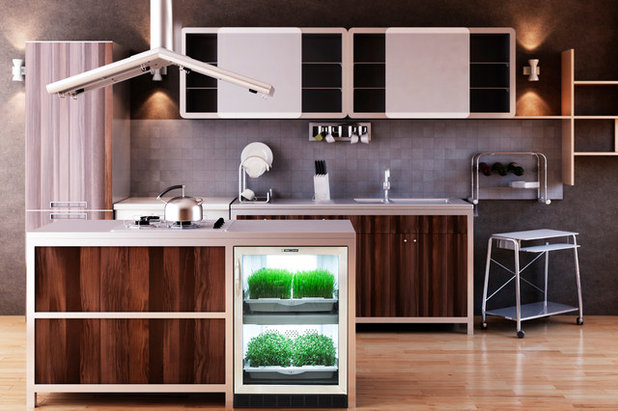
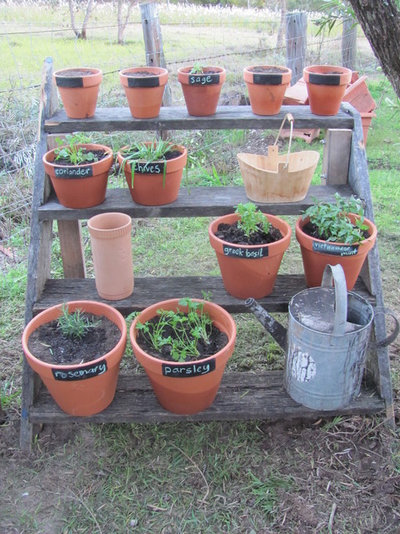


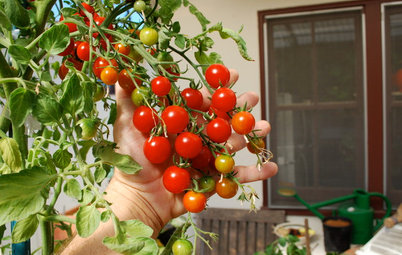




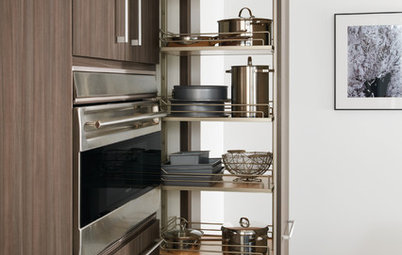

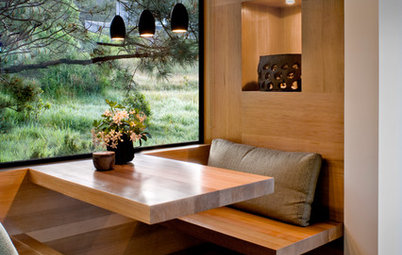
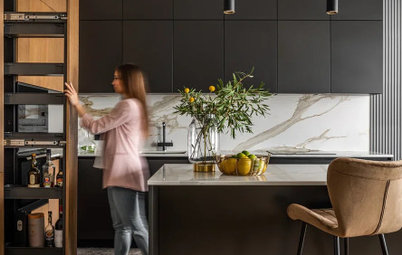

Thanks for including the Urban Cultivator as a neat option for growing your own microgreens year round. We enjoy ours in this new display here at our showroom...handy to add to salad at lunchtime!